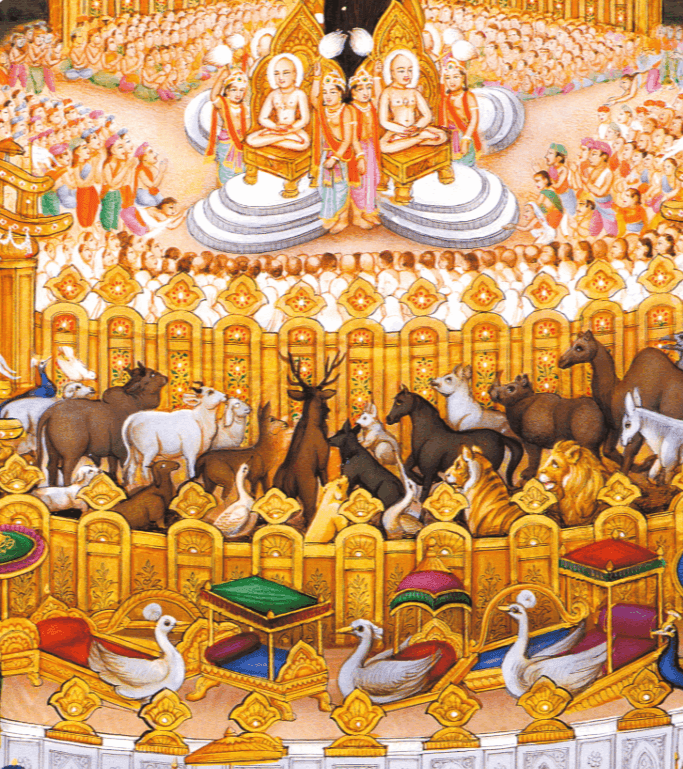Ep-11: Sermon
With the initiation of these eleven 'Gandhars,' the Lord also conferred diksha, characterized by the five great vows, to individuals who desired to lead a fully religious life. These individuals were known as "Sadhus" (male saints) and "Sadhvis" (female saints). Those who couldn't commit their entire lives to this path took smaller vows, amounting to twelve in number. They accepted one, two, or more of these vows to be followed henceforth and were known as “Shravaks” (male adherents) and “Shravikas” (female adherents).
Thus, a "Sangh" (organization) comprising four categories of persons—Sadhu, Sadhvi, Shravak, Shravika—came into being.This framework established by the Lord in the form of a “sangh” is called a "Tirth," and the one who establishes it is called a “Tirthankar.”One of the distinguishing features of Jainism is that eligibility to follow this religion is solely based on merit, not birth. This means that a person born into a non-Jain family can also follow the religion if he believes in and adopts its principles.
The religion provides opportunities for everyone to reach their maximum potential based on their capacity. This framework of the Sangh has continued till the present day.After attaining Kevalgyan, the Lord traveled throughout the region of "Magadh" and its surroundings. Many kings, princes, queens, princesses, merchants, etc., accepted Sadhu Dharma and took diksha, influenced by the Lord's sermons, while others embraced Shravak Dharma.
Notable among the followers of Lord Mahavir were rulers such as King Shrenik of Magadh, King Chandpradyot of Ujjain, and King Chetak of Vaishali.The sermons of Lord Mahavir also touched the hearts of common people. One reason for their acceptance was that he delivered his sermons in the Ardha Magadhi Prakrit language, which was spoken by the common folk at that time. This accessibility led even individuals as humble as woodcutters or former thieves to take diksha. The Lord continued to deliver sermons for thirty years.
